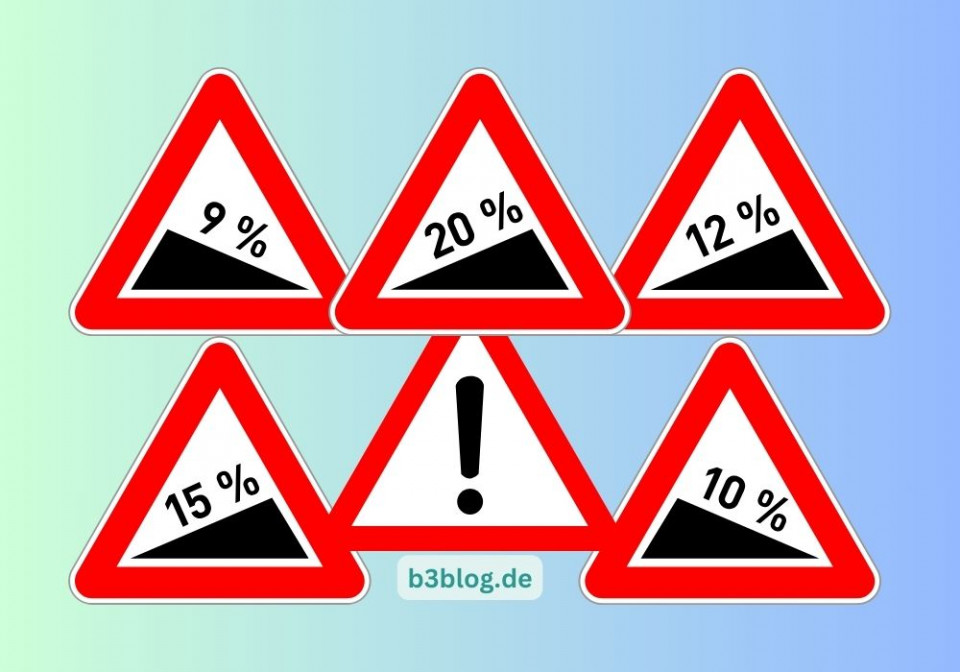Printer to go
A light and handy printer that fits in any backpack or laptop bag - that was once my wish as a digital nomad. That was back then, before the pandemic. The reality today looks like this: Mini printers that you can use to print from your smartphone or tablet are available in large numbers. The smallest and lightest of these printers weighs just 175 grams and is about the size of a 10 x 15 photo. Yes, you can print photos with it, but not A4-sized documents. Another catch: the mini printers require special thermal paper.
If you want to work and print on the move, you need a device for normal paper and with office-compatible formats. You have to reckon with a weight of around 2 kg, and the space in your rucksack won't be so easy.
Who needs a printer on the move?
Mobile or portable printers have been specially developed to be ready for use anywhere and can be taken anywhere. They are compact and lightweight and can be powered by a rechargeable battery or a battery. They can be easily connected to a laptop or cell phone via Bluetooth or WLAN.
So far, so good. But when do I need to print anything in my digital working life? At least the pandemic has had one advantage: digitalization has progressed and the amount of paperwork in my everyday working life continues to decrease. It's a good thing that I decided against buying a take-away printer back then. If you really need to print out a document, you can find one almost everywhere in copy stores, stationery stores and photo printers in drugstores. Or at the nice people in the office next door.
If you travel a lot and still need to print out a lot, you could take a look at the FAZ, for example. They have an up-to-date overview of office-friendly yet handy printers: https://www.faz.net/kaufkompass/test/der-beste-mobile-drucker/. Disclaimer: We are not related by blood or marriage and do not receive any compensation for this link.
History of letterpress printing
The search for clues in this blog includes a look back at the development of printing. We print individual sheets in our home office, but it all started with letterpress printing. As early as the 8th century, printing was done with wooden plates in China. The first letterpress printing with movable type can be traced back to Johannes Gutenberg. The printing of the “Gutenberg Bible” in the middle of the 15th century is considered a milestone in the history of printing.
Back then, printers in pockets were still a long way off. Early printing presses were huge and heavy compared to today's devices. Johannes Gutenberg's printing press was around 2 meters high, 1.5 meters long and 1 meter wide and weighed around 500 kilos. So not very mobile.
If you want to find out more about the old printing presses and printing methods, you don't have to go to Mainz, and we can keep this brief. The Gutenberg Museum has many digital offerings that provide an insight into the history of printing and invite you to browse through the history of printing:
https://www.mainz.de/microsite/gutenberg-museum/Museum/digitale_angebote.php


